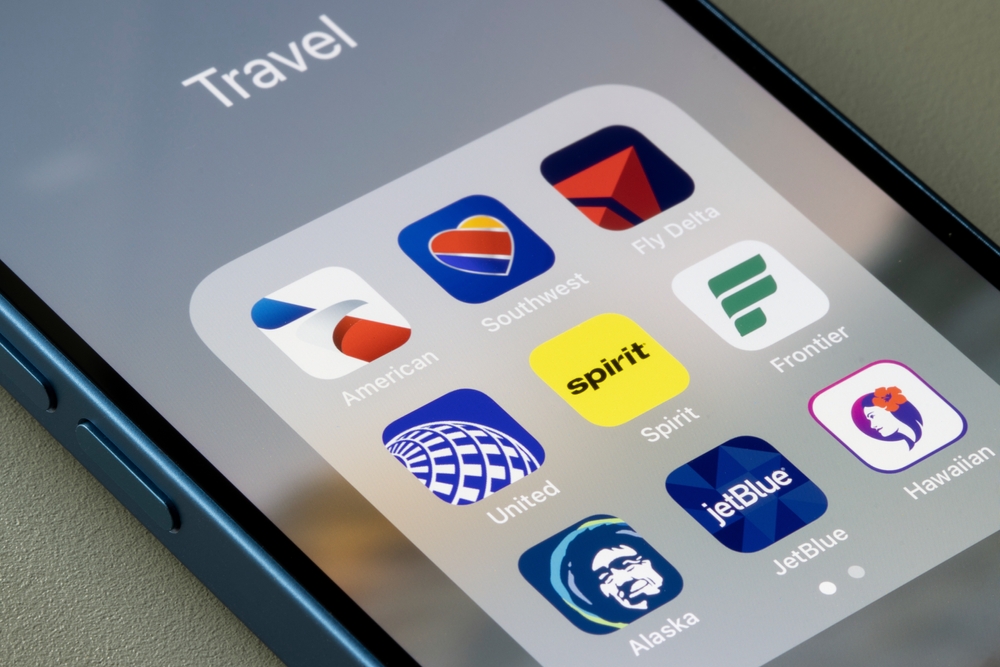The publish Unlocking ancillary revenue stream success appeared first on TD (Travel Daily Media) Brand TD.

In an period the place buyer expertise (CX) reigns supreme, journey firms are diversifying revenue streams to boost the shopper journey. Ancillary providers have emerged as a robust software, serving to journey firms transcend the standard and ship personalised, value-added experiences. Here, Sam Dunscombe, head of development at Mobilise, provides his recommendation for efficiently harnessing worth from ancillary revenue streams.
Ancillary providers for journey and tourism embrace issues like further baggage, forex, journey insurance coverage, automobile rent and now, journey eSIMs. Such add-ons have gained immense recognition because of their potential to range revenue streams — each instantly and not directly. A PwC survey highlights that buyers are prepared to pay a premium of as much as 14 per cent for resort stays and ten per cent for airline tickets when distinctive buyer expertise is assured. This client inclination has prompted journey firms to discover providers that transcend their core choices each as a instantly as a complimentary buy selection, in addition to inclusive in additional premium choices to assist create larger perceived worth.
Navigating the market
The ancillary providers market is brimming with selection, and journey firms typically discover themselves battling a scarcity of sources to deal with the amount of alternatives accessible. Therefore, journey service suppliers want to consider carefully when contemplating the very best ancillary service for them.
In normal, a profitable ancillary service has three qualities. Firstly, it will need to have a direct utility to buyer base. Services that instantly meet the wants of your prospects, and which are aligned with the shopper journey, are extra doubtless to achieve success.
Secondly, journey firms ought to prioritise providers that may be simply built-in in a totally digital approach. Standalone providers could wrestle to compete, so guaranteeing seamless integration into the gross sales journey permits extra cohesive CX. Services like journey insurance coverage typically embrace a prolonged sign-up course of and verification which might detract from the core gross sales journey, and cut back general conversion.
Finally, journey firms ought to take into account how properly a service permits for data-driven personalisation. According to McKinsey & Company, 71 per cent of shoppers count on personalisation, and 76 per cent get annoyed after they don’t discover it. Ancillary providers that faucet into buyer information can improve belief and engagement, whereas providing premium CX to make sure buyer satisfaction.
The eSIM instance
Launching ancillary providers efficiently requires a strategic strategy. Let’s take the instance of journey eSIMs, a service gaining vital traction. According to Mobilise’s recent survey, a good portion of travellers are fascinated by buying journey eSIMs via their journey service supplier — nearly two-thirds of Gen Z, over half of Millennials, and greater than a 3rd of Gen X would accomplish that.
But many service suppliers are recognising this chance, and the market is changing into stuffed with an rising variety of standalone purposes, which travellers can use to buy an eSIM for more cost effective roaming whereas overseas. These standalone purposes, though useful, lack integration into the gross sales journey and the essential side of personalisation.
To enter the journey eSIM market efficiently, choosing an eSIM software program improvement equipment is essential. Mobilise provides eSIM SDK, which incorporates all the required utility programming interfaces (APIs) to launch journey eSIMs and instantly from a preexisting cell utility. Instead of taking on 6 months to launch journey eSIMs, the entire course of might be accomplished in as little as two weeks. What’s extra, the onboarding journey is absolutely housed throughout the utility itself, no want to make use of a QR code or depart the app to examine an e-mail.
Opting for an built-in eSIM service provides the journey enterprise an edge over its standalone opponents, because it creates a singular alternative to offer a related service at some extent within the gross sales journey with out competitors. For instance, whereas a buyer is reserving their main service — be it a flight or lodging — an eSIM might be provided as an add-on that prospects can buy as a part of their package deal.
Working with a connectivity professional additionally creates alternatives to make use of information extra successfully. Companies can use buyer information to personalise their providers — whether or not that’s provides on eSIMs for a selected vacation spot {that a} buyer repeatedly travels to, or utilizing community utilization information to see what the information is getting used for and providing particular packages tailor-made to those wants, all after all whereas being GDPR compliant.
There’s little doubt that ancillary providers are key. They supply a further revenue stream and enhance CX. However, with so many choices to select from it’s important to make rigorously thought-about decisions. An built-in journey eSIM, created utilizing an SDK, hits all of the factors of a profitable ancillary service technique, guaranteeing a profitable launch and a happy buyer base.
The publish Unlocking ancillary revenue stream success appeared first on Brand TD.
Source link



